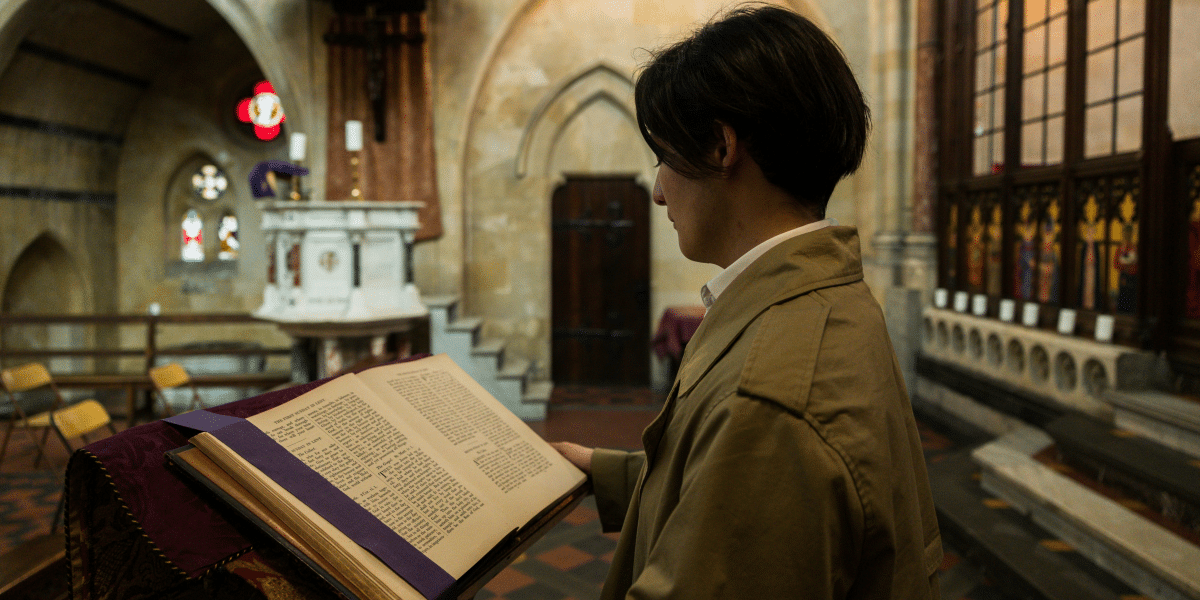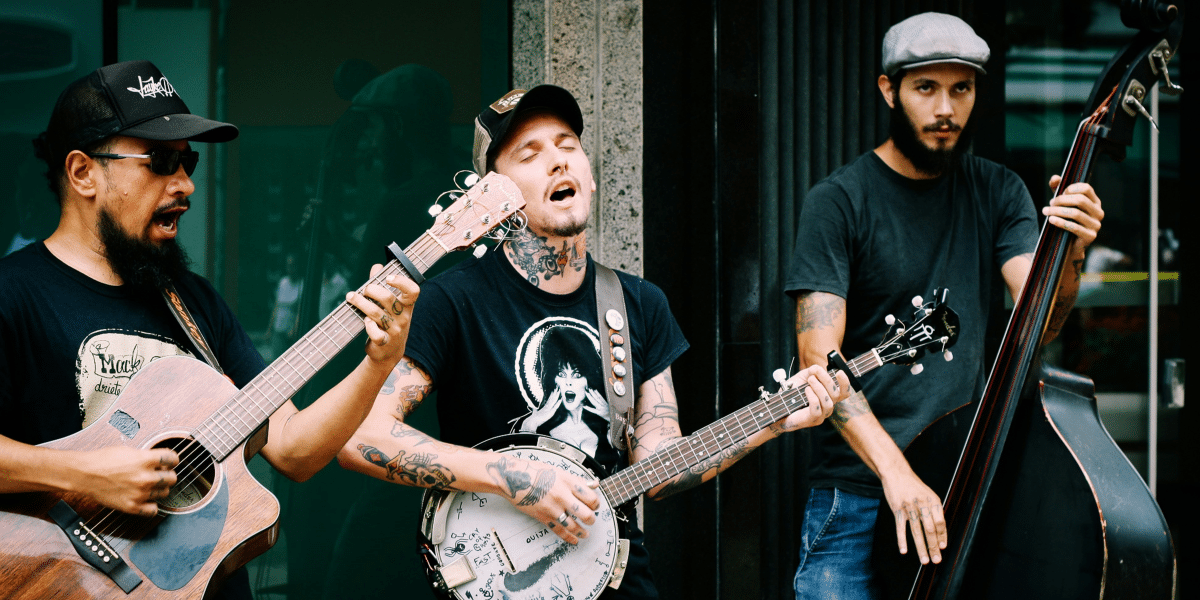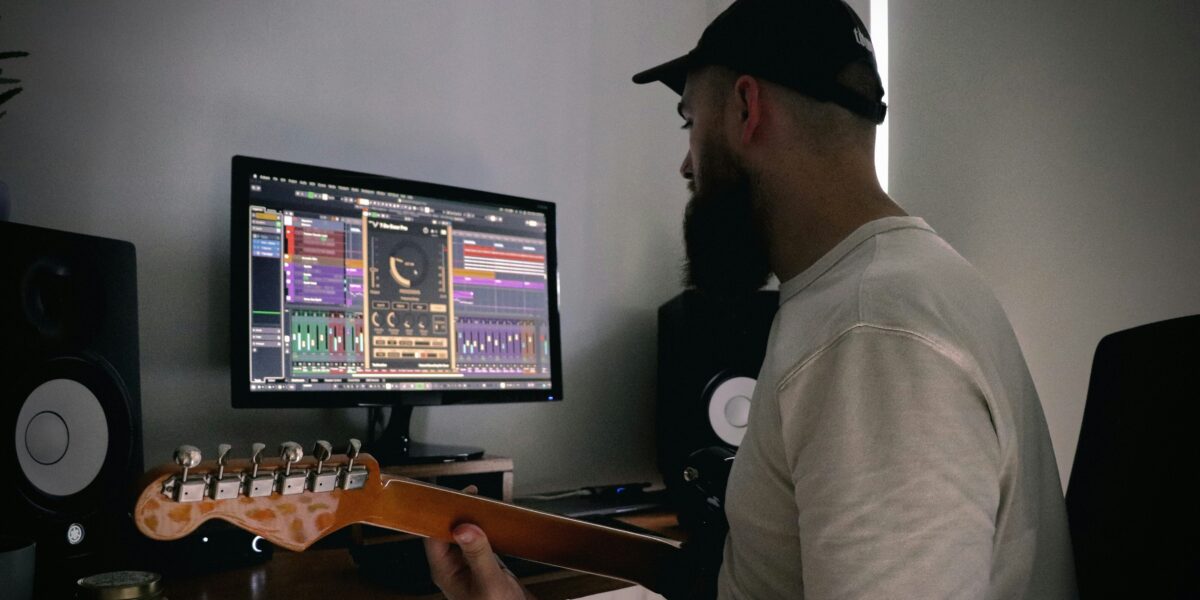Exploring Atlanta’s Rich Heritage: Historic Churches and Religious Sites
![]() Atlanta Wire Staff 2
on
January 10, 2025
Atlanta Wire Staff 2
on
January 10, 2025
Hey there, history buffs and architecture enthusiasts! If you’re a fan of beautiful stained glass windows, towering spires, and centuries-old traditions, then you’ll want to join us for a tour of Atlanta’s historic churches and religious sites. From majestic cathedrals to quaint chapels, Atlanta is home to a diverse array of sacred spaces that tell the story of the city’s rich religious heritage. So grab your walking shoes, bring your camera, and let’s embark on a journey through Atlanta’s spiritual past!
Ebenezer Baptist Church: A Beacon of Civil Rights
Our first stop on this spiritual journey is Ebenezer Baptist Church, a historic landmark that played a pivotal role in the civil rights movement. Located in the Sweet Auburn neighborhood, Ebenezer Baptist Church was the spiritual home of Dr. Martin Luther King Jr. and his family. It was here that Dr. King preached his message of equality, justice, and nonviolence, inspiring countless individuals to join the fight for civil rights.
Today, visitors to Ebenezer Baptist Church can tour the historic sanctuary where Dr. King delivered many of his most famous sermons, as well as the nearby Martin Luther King Jr. National Historic Site, which includes exhibits, memorials, and the childhood home of Dr. King.
The Cathedral of St. Philip: A Gothic Masterpiece
Next up, we have the Cathedral of St. Philip, a stunning Gothic-style cathedral located in the heart of Buckhead. Built in the late 19th century, the Cathedral of St. Philip is known for its soaring arches, intricate stained glass windows, and ornate stone carvings. It serves as the mother church of the Episcopal Diocese of Atlanta and is a beloved landmark for both parishioners and visitors alike.
Visitors to the Cathedral of St. Philip can attend worship services, participate in educational programs, and explore the beautiful grounds and gardens surrounding the cathedral. Whether you’re a devout believer or simply appreciate fine architecture, the Cathedral of St. Philip is sure to leave a lasting impression.
The Shrine of the Immaculate Conception: A Symbol of Faith and Devotion
Moving on, we come to the Shrine of the Immaculate Conception, a historic Catholic church located in downtown Atlanta. Founded in 1847, the Shrine of the Immaculate Conception is the oldest Catholic church in Atlanta and is known for its beautiful Romanesque architecture and rich religious heritage.
Visitors to the Shrine of the Immaculate Conception can admire the church’s stunning stained glass windows, intricate marble altars, and majestic pipe organ. They can also attend daily Mass, participate in confession, and explore the church’s rich history through guided tours and exhibits.
The Temple: A Landmark of Jewish Heritage
Last but not least, we have The Temple, a historic synagogue located in the Midtown neighborhood of Atlanta. Founded in 1867, The Temple is the oldest synagogue in Atlanta and serves as the spiritual home of Atlanta’s Jewish community. It is known for its striking Moorish Revival architecture, with its domed roof, intricate tile work, and ornate arches.
Visitors to The Temple can attend Shabbat services, participate in religious education programs, and explore the synagogue’s rich history through guided tours and exhibits. They can also learn about The Temple’s role in Atlanta’s civil rights movement, as it was the target of a bombing in 1958 in response to its support for racial integration.
Atlanta’s historic churches and religious sites are more than just places of worship—they are living testaments to the city’s rich spiritual legacy. From the civil rights activism of Ebenezer Baptist Church to the architectural splendor of the Cathedral of St. Philip, these sacred spaces tell the story of Atlanta’s diverse religious community and its enduring commitment to faith, justice, and equality. So whether you’re a devout believer or simply curious about Atlanta’s history, be sure to explore these historic churches and religious sites on your next visit to the city. You won’t be disappointed!













